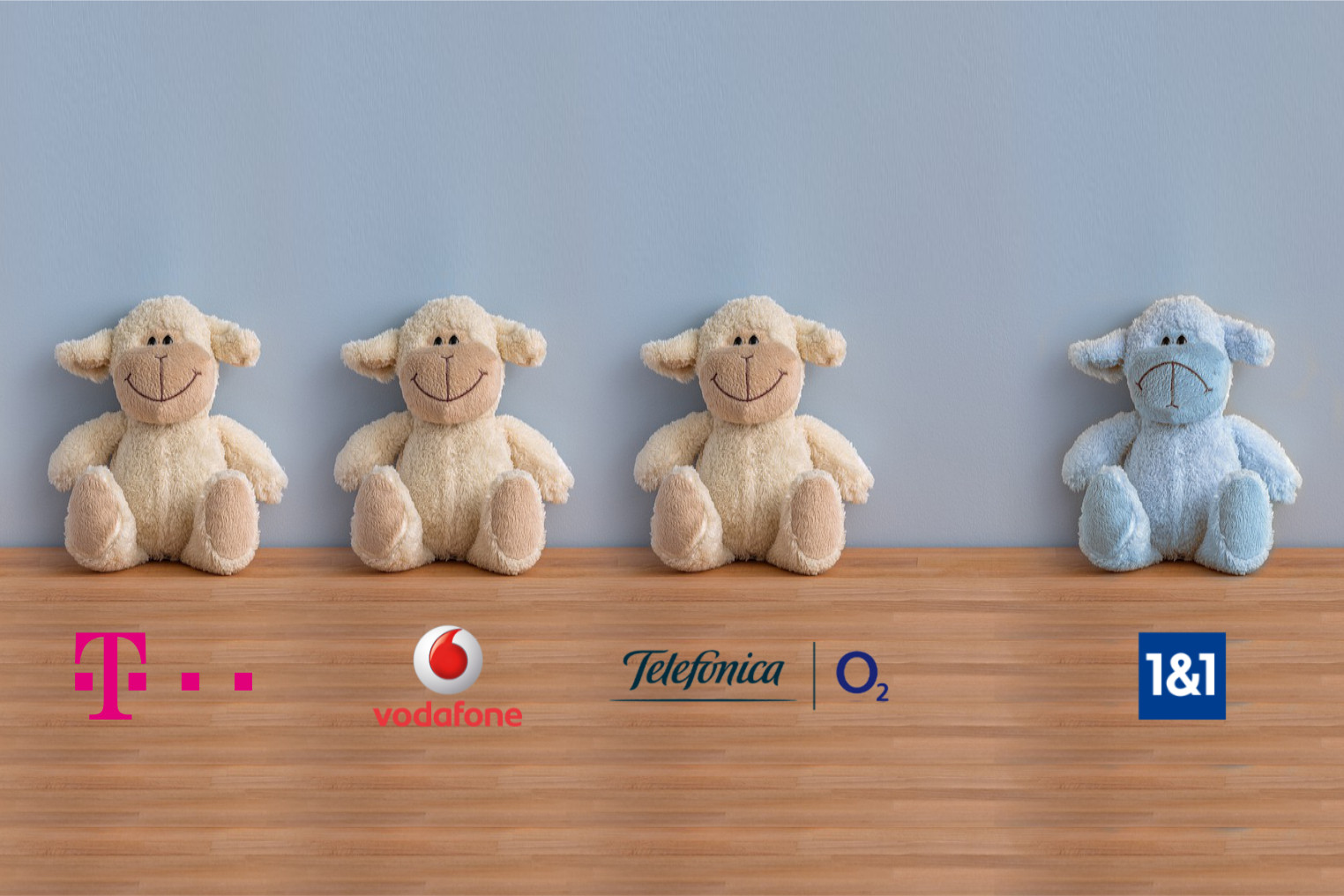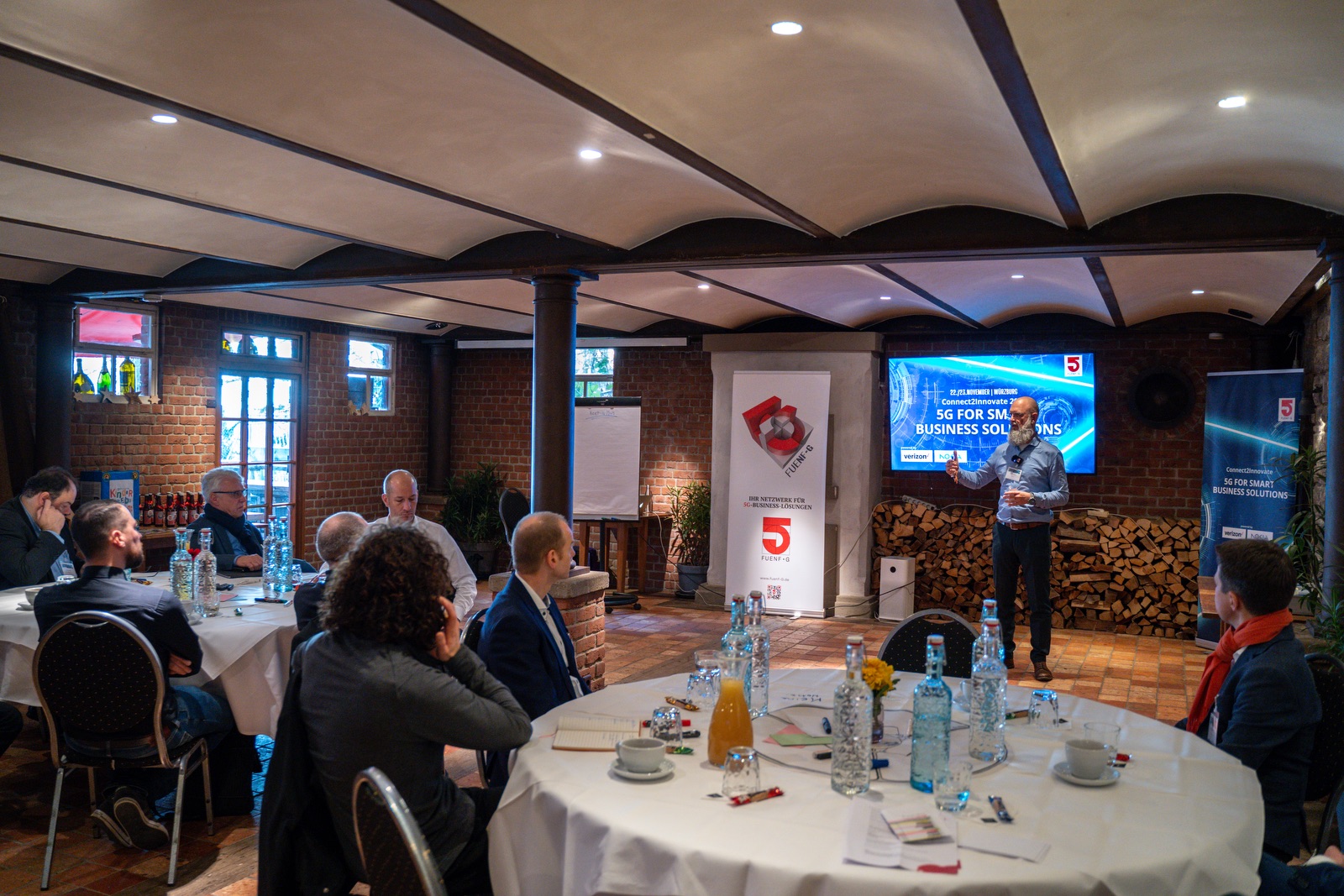The three established mobile operators could live well with an extension of the 800 MHz frequencies, but not newcomer 1&1 (Source: Gerd Altmann / Pixabay)
The frequencies below 1 GHz are of the greatest interest to mobile operators – after all, they enable comparatively inexpensive area coverage. At the end of 2025, the licenses for some frequency blocks in the 800 MHz spectrum will expire and have to be reallocated. But how this is to be done is already causing controversy.
Jochen Homann, President of the Federal Network Agency (BNetzA), announced shortly before the advisory board meeting on January 24, 2022, that he could imagine extending certain mobile communications frequencies on a short-term and conditional basis and not carrying out an award procedure until a later date. A sentence with explosive power – which no longer concerns the head of the authority himself, because he is retiring at the end of February. The emerging conflict will have to be resolved by his successor, Klaus Müller, the former head of the Federation of German Consumer Organizations.
What is at stake?
In Germany, radio frequencies are generally only allocated for a limited period, usually for 15 years in the case of mobile communications. On December 31, 2025, some licenses will once again expire. Affected are frequency packages at 800 MHz, 1,800 MHz and 2,600 MHz.
The low-band frequencies in the 800 MHz spectrum are of particular interest. Due to the physical properties of electromagnetic waves, these have a greater range and better penetration capability. They enable cost-effective coverage in rural areas with mobile communications masts located far apart. They also contribute to good reception in buildings.
1&1 against all others
The freed-up frequency ranges have so far been evenly distributed among the three mobile operators Deutsche Telekom, Vodafone and Telefónica. They can each use 2 x 10 MHz of bandwidth and would like to keep it that way.
But with 1&1, there has been a fourth player in the mobile market since 2019, which has yet to build up a network and is urgently dependent on coverage in the area for this. Accordingly, the company’s headquarters reacted angrily to Homann’s announcement. A company spokeswoman announced:
“In order to be competitive in the long term as a fourth network operator, it is imperative for 1&1 to be able to acquire low-band frequencies in the 800 megahertz range in the near future in addition to the 5G frequencies auctioned in 2019.”
An equal reallocation would mean turning the three frequency blocks of 2 x 10 MHZ into four blocks of 2 x 7.5 MHz. This would reduce the bandwidth available to individual operators and is currently ruled out by the BNetzA as “not technically feasible.” On the other hand, it wants to allocate frequencies in the 800 MHz and 1,800 MHz range in blocks of 2 x 5 MHz in the future to increase flexibility of use and facilitate access. At the same time, the regulatory authority warns against a conventional auction procedure. In view of the shortage, strong bidding competition is to be expected, i.e., competitive bidding that will once again weaken the financial strength of network operators and thus drain urgently needed funds for network expansion.
New legal requirements
In summer 2019, the auction of mobile frequencies had yielded EUR 6.5 billion. As before, the mobile communications companies involved whined before, during and after the auction about the unbearable costs, which contributed to a lack of money for network expansion afterwards. The responsible Federal Network Agency therefore endeavored to find a remedy and investigated alternatives. From the five scenarios still mentioned in summer only three options remained before the amendment of the Telecommunications Act (TKG) on December 1, 2021:
- Extension (§ 92, paras. 2, 4 and 5)
- Auction (§ 100, para. 5)
- Invitation to tender (§ 100, para. 6)
This means that auctioning and a tendering procedure are now on an equal footing, and the Federal Network Agency is no longer obliged to hold a frequency auction. Following a market consultation, the combination of auction and invitation to tender was not considered, nor was an operator model in which the frequencies released at 800 MHz would have gone entirely to one operator or consortium, with the requirement that competitors participate by roaming.
Auction vs. Tender
The auction is a simple procedure – here, the highest bid simply decides. Alternatively, negative auctions are also conceivable, in which the frequency is subject to significant, subsidy-based conditions and the winner is the one who applies for the least subsidies.
The competitive bidding process is a bit more complex. Here, the goal is to submit the most ambitious expansion plan in order to win the bid. Under certain circumstances, different bids could be received here that are difficult to compare according to objective criteria. The procedure is therefore also derisively referred to as a “beauty contest”.
Politicians are also already getting involved in the discussion about the best procedure. Finance Minister Lindner, for example, has spoken out in favor of an auction – but has kept open the option of a negative auction. Bavarian Economics Minister Hubert Aiwanger, on the other hand, sees the tendering procedure as the better alternative for making decisive progress on infrastructure in Germany. However, the network operators would have to be obligated to comprehensively expand the networks in return for the radio frequencies. In addition, the conditions already imposed must be strictly controlled, Aiwanger demanded at the BNetzA advisory board meeting.
Alternatives only available late
Following the reallocation off 800 MHz frequencies on Jan. 1, 2026, licenses in the low band will not expire again until the end of 2033, both in the 700 MHz and 900 MHz bands. But 1&1 cannot wait another eight years for suitable frequencies. That would massively hamper the development of the fourth mobile network. However, there is a possible way out: the spectrum between 470 and 694 MHz will be reallocated three years earlier. This is where digital terrestrial television (DVB-T2) transmits on the one hand, and stage and theater technology, such as wireless microphones, on the other.
Following the reallocation on Jan. 1, 2026, licenses in the low band will not expire again until the end of 2033, both in the 700 MHz and 900 MHz bands. But 1&1 cannot wait another eight years for suitable frequencies. That would massively hamper the development of the fourth mobile network. However, there is a possible way out: the spectrum between 470 and 694 MHz will be reallocated three years earlier. This is where digital terrestrial television (DVB-T2) transmits on the one hand, and stage and theater technology, such as wireless microphones, on the other.
The acting head of the regulatory authority is therefore bringing an extension of the 800 MHz licenses by five years into play, raising the prospect that mobile providers will have access to the spectrum below 700 MHz on Jan. 1, 2031. But this is not yet certain. To find a way out of the dilemma, the BNetzA has launched a consultation process. Together with the presentation of some orientation points, a demand survey on all three frequency ranges available in the short term was initiated.
Affected parties now have until March 21, 2022 to comment and register their needs. The regulatory authority and politicians do not have all that long to agree on a new procedure: According to plan, the frequencies are to be reallocated in 2023, and the companies need clarity by 2024 at the latest in order to be able to prepare for use from the beginning of 2026..











Leave A Comment